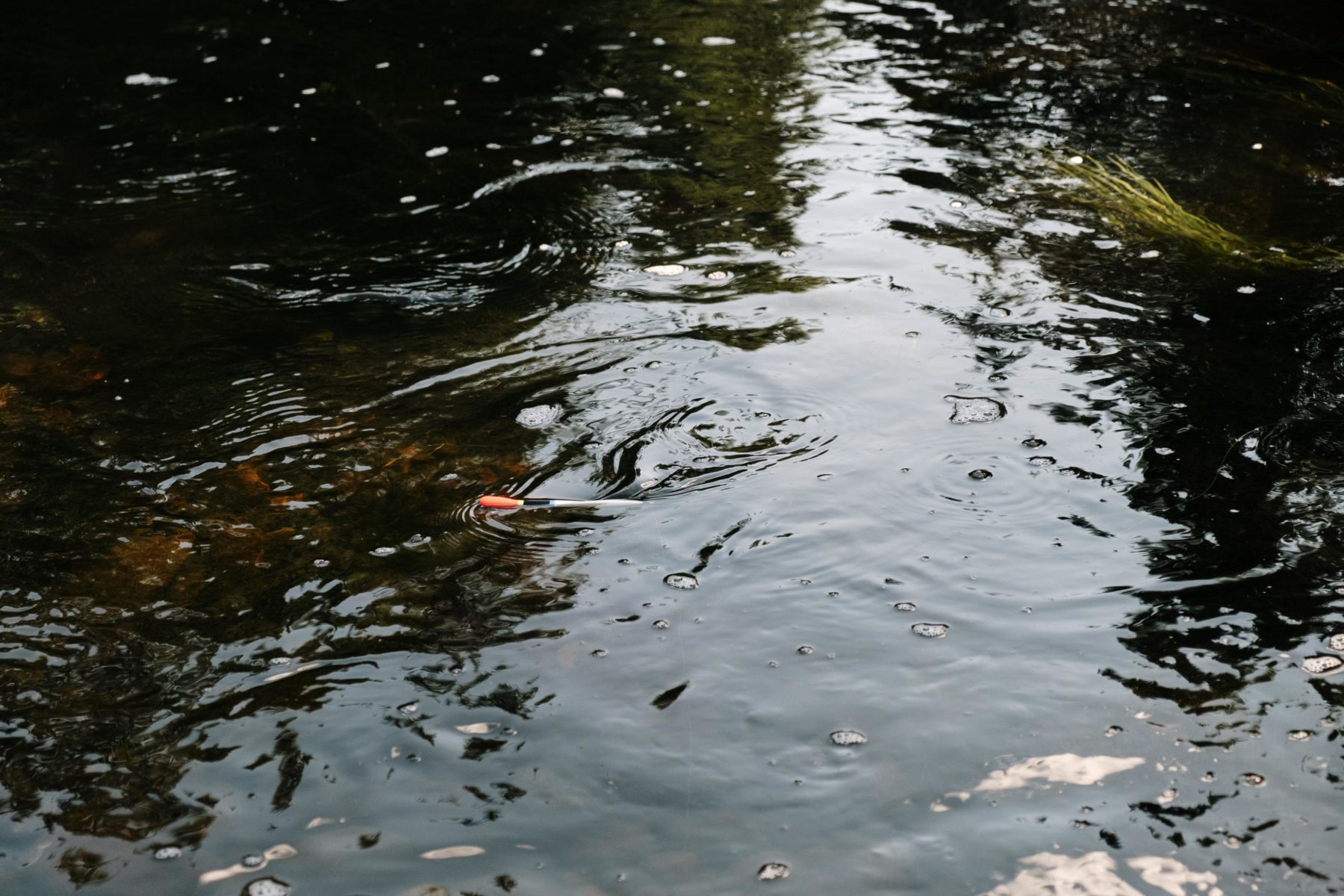Protect Your Pet This Summer

With summer on the way, thousands of residents flock to Town Lake to run, walk paddle or hang out with their furry friends. Seeing cute pups, beautiful trails and others in the community is a popular activity in ATX year round, but especially during summertime.
However, over the last few years, some pets that ventured into some Central Texas lakes later developed a mystery illness. Symptoms included difficulty breathing, muscle paralysis and even seizures, just minutes after the swim.
These dangerous symptoms have since been linked to blue-green algae, also called cyanobacteria. When present, this algae produces harmful toxins called cyanotoxins which can poison animals, causing extreme illness or even death. While the algae is not always present, it has been found in various areas near Lady Bird Lake (also known as Town Lake) and Lake Travis, and has become a recurring health issue since 2019.
According to the City of Austin, the bacteria usually appears at the bottom or floating in stagnant water and resembles “dark green, slimy blobs” or mats.
Brent Bellinger, a senior environmental scientist for the City of Austin Watershed Protection Department, spoke during a Texas Parks and Wildlife Department webinar, “Harmful Algae Blooms” in early March. He discussed the recent findings of harmful algal blooms (HAB) in Austin as well as a background on the photosynthetic bacteria.
In the webinar, Bellinger explains the three pillars of a cyanobacteria bloom, which are low flows (lack of turbulence related to hydrology, wind and rain), high nutrients and warm waters. These conditions tend to occur during late summer in Austin.
“Surface scums” are what begin to grow at the lake bottom and will float to the water’s surface through its production of oxygen during photosynthesis, he adds.
In the webinar, Bellinger also explains the research he conducted and experimentation with samples of this bacteria. From this, he found species in the order Oscillatoriales, which is known to have many toxin producers. Within the algae mats, he also found that they were dihydro-anatoxin dominant, containing the potent neurotoxin called anatoxin-a, a “fast-acting death factor” for pets.
Bellinger and his team have continued to monitor certain sites along Lady Bird Lake. In his data summary, Bellinger added that Red Bud Isle, where four dog deaths occured in 2019, had the highest contents of toxic nutrients that year. In 2020, the overall extent and biomass appeared lower.
Concluding the webinar, Bellinger mentions that the best option is to prevent the blooms from occurring in Lake Austin by keeping the nutrient loading low and implementing management strategies. Last year’s management strategy included a continuous routine-monitoring plan at three locations and a HAB-monitoring plan at five locations.
What to Know for Summer 2021
In order to keep pets safe, owners need to follow the City of Austin’s recommended approach to bringing your dog to various Austin lakes and ponds.
- Since most blooms occur near shoreline, owners should avoid letting their pets roam around the waterfront. Owners should highly avoid letting their pup be exposed to these areas, especially if the water is stagnant and appears to be in poor quality.
- Be aware that blooms have an increased risk during summer. The high temperatures combined with little water movement concoct the perfect breeding ground for the toxic bacteria.
- If your dog does get in the water, make sure to rinse them thoroughly with clean water. It is always better to be safe than sorry, and this could prevent the possibility of harmful lingering algae being licked from their fur.
- Remember to stay informed! Check the city government website for regular updates regarding the current state of the lakes. If toxins are detected, owners should not let pets anywhere near the shoreline in order to keep them safe.
What Symptoms to Look For:
- Excessive drooling, vomiting and diarrhea
- Foaming at the mouth
- Jaundice and hepatomegaly
- Blood in urine or dark urine
- Stumbling
- Loss of appetite
- Photosensitization in recovering animals
- Abdominal tenderness
- Progression of muscle twitches
- Respiratory paralysis
Once exposed, there is limited time for treatment and the prognosis is universally grave due to the peracute nature of the blue-green, algae-induced, neurological syndrome. If your pet displays one or more of the above symptoms, call your local vet immediately.
Before heading out for a dip in one of Austin’s lakes, be sure to check if the conditions are safe for your pet, too!






